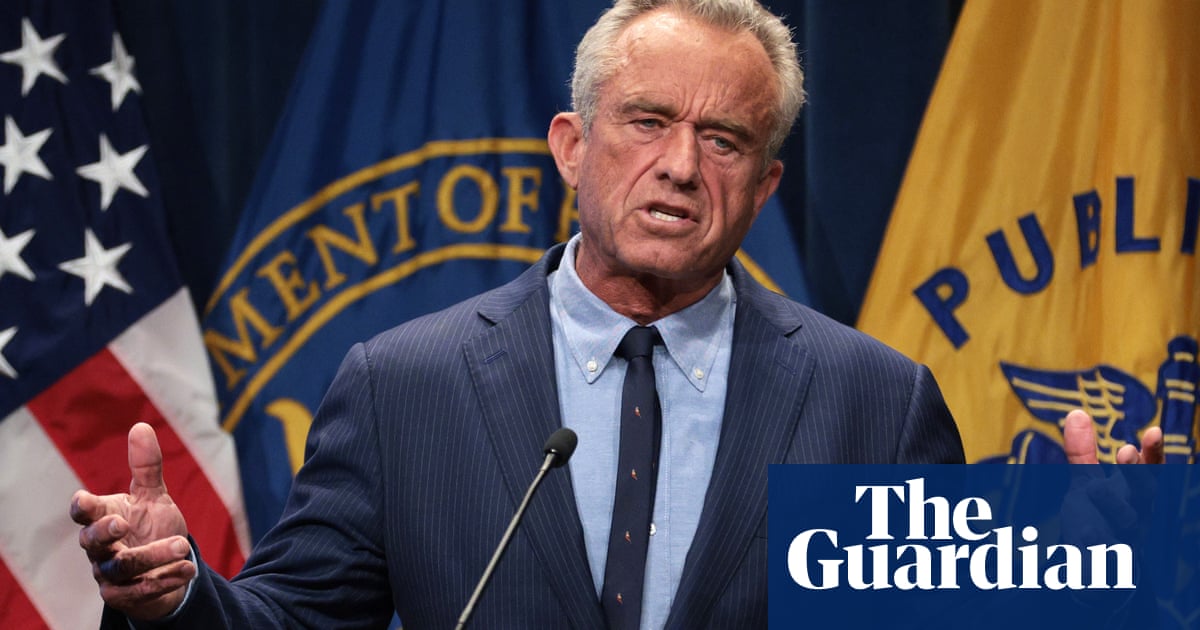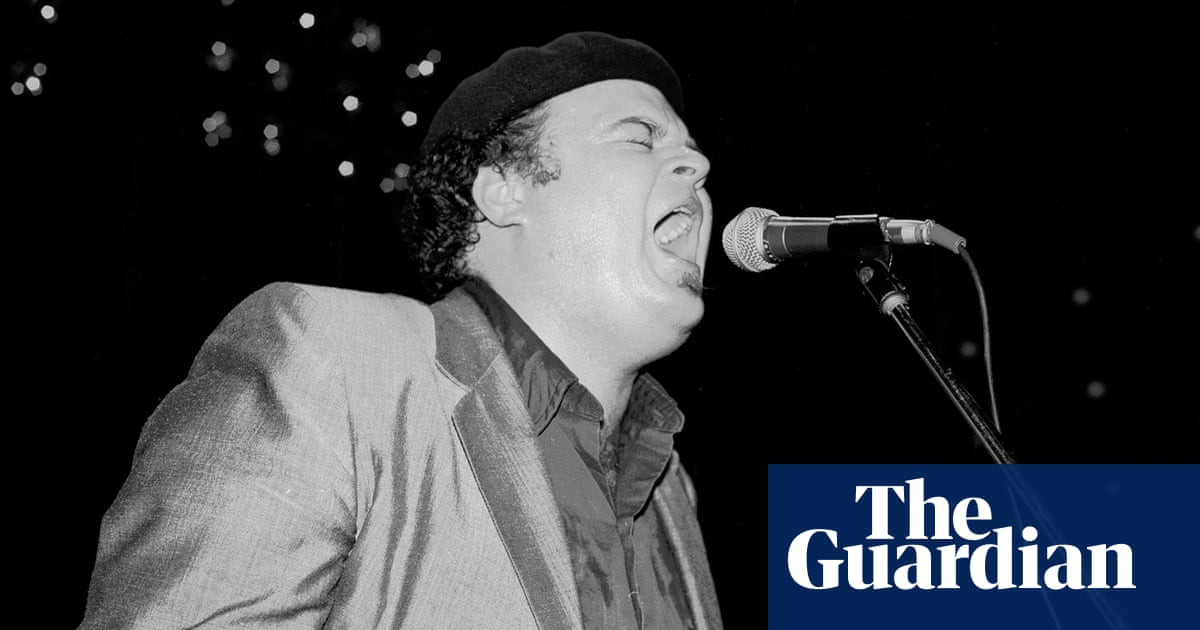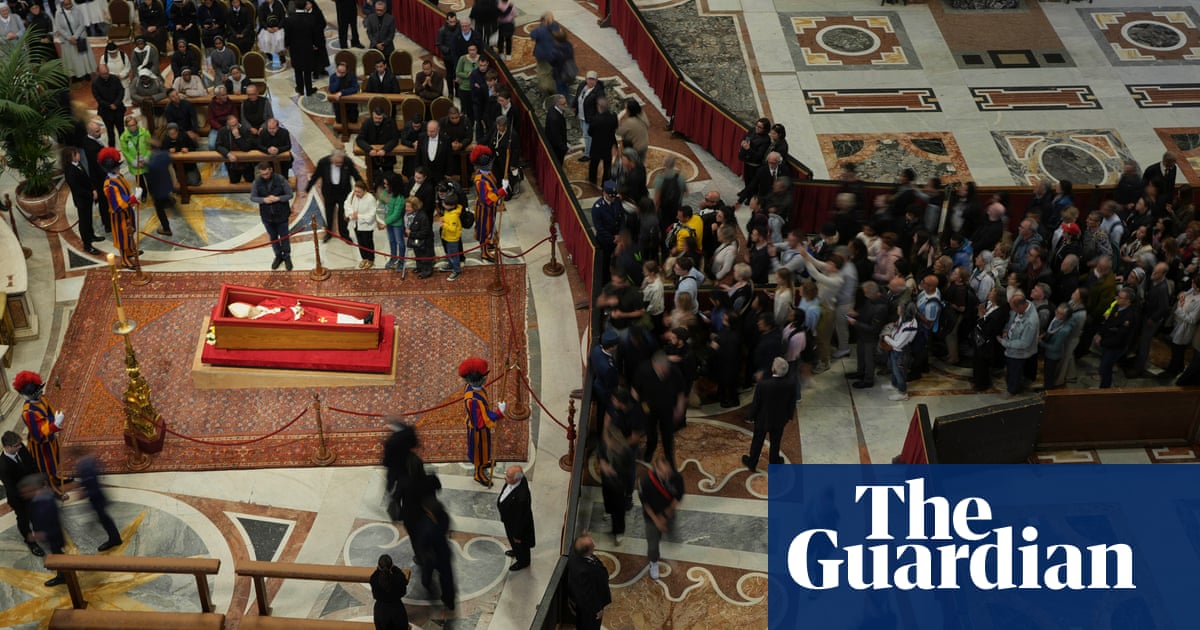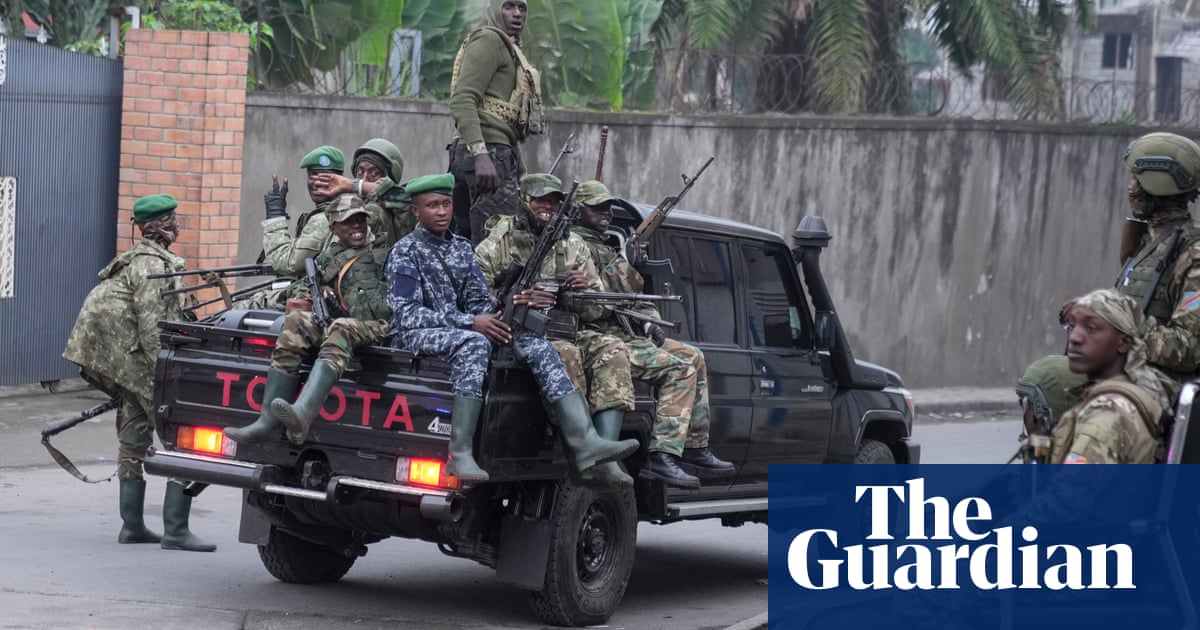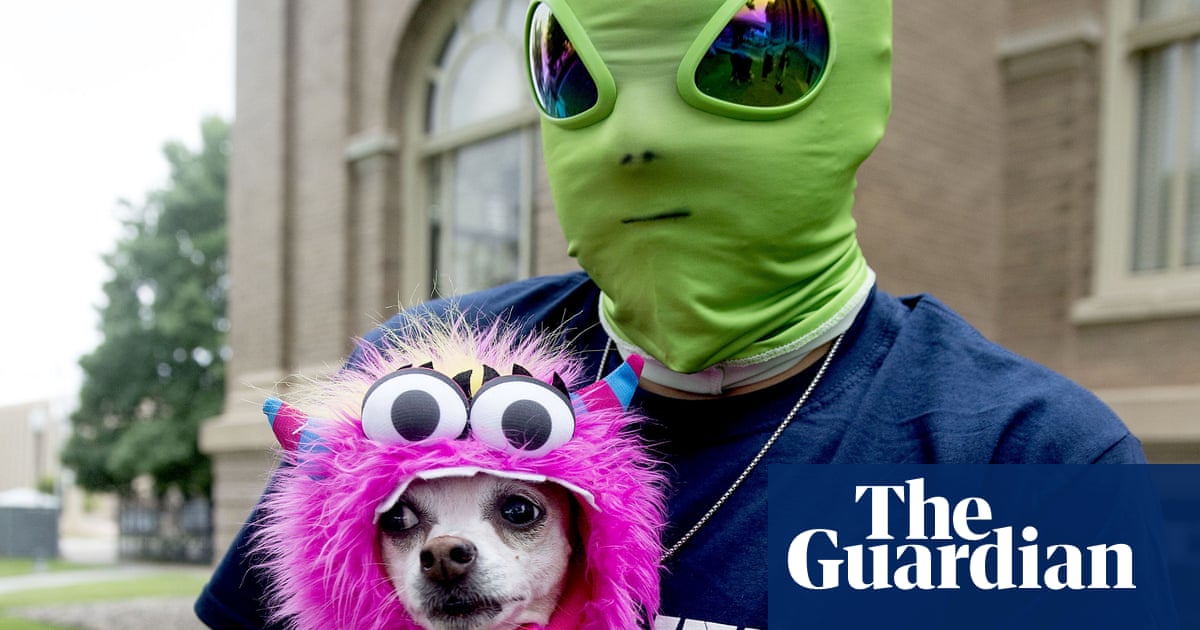Jo Ellis is alive.
It was a noncontroversial, irrefutable fact – until she was accused of piloting the military helicopter that crashed into a commercial airplane in Washington DC on 29 January, killing all involved.
In the aftermath of the crash, before valid explanations began to surface, Donald Trump blamed diversity. There is no evidence that diversity initiatives played any role in the crash, but that didn’t matter.
Ellis, 34, wasn’t involved in the crash in any way. But she is a Blackhawk pilot in the Virginia national guard. And she’s transgender.
In the immediate aftermath of the crash, two of the helicopter pilots killed were named, but the family of the third pilot initially elected to keep her name private, though she was later identified. Ellis was misidentified as the pilot in the in-between.
On Friday morning, Ellis got a text from a close friend at about 4.30am telling her a random account was commenting on all of his public Facebook posts asking if he was friends with Ellis, “the one that killed those people in the crash”. She thought it was maybe a bot and discounted it.
Ellis, who has been in the Virginia national guard since 2009 and has deployed to Iraq and Kuwait, had written for news website Smerconish.com about being trans in the military on 28 January and then spoken to commentator Michael Smerconish for an interview. She thought the attention was because of her article.
In the article, she wrote that she grew up in a religious and conservative home with a history of military service, but that she knew she had gender dysphoria since she was five years old. She tried to be “more religious, more successful, more manly” in hopes it would “cure” her.
“I got married, bought a house, helped raise a stepdaughter, played drums in the church band, and adopted a dog,” she wrote. “All the things I believed a good man should do. And I really wanted to do those things, but I also secretly hoped it would fix me. It didn’t work.”
She realized during the pandemic that she was at a point where she could begin to address her gender dysphoria. She notified her command in 2023 that she would begin transitioning and came out to her unit in 2024 and got “overwhelming support”, she wrote. She paid for all of her trans-related care out of pocket.
Ellis said she believes she was targeted because she’s a trans woman.
“Once I put that article out, I became collateral damage, just like so many other trans people that are being unnecessarily targeted.”
Later, on the Friday morning after the crash, another friend sent her screenshots of an article on a Pakistani website that included Ellis’s photo and claimed she was the third pilot. (This article, which says Ellis was “rumored to be” the unnamed pilot, is still uncorrected.)
“Then the Daily Mail called my personal cell phone and asked if I was alive,” Ellis said. “And that’s when it kind of sunk in. And I was like, oh, this is big. This is not some corner of the internet saying something ridiculous.”
She discovered that her name was trending on X, with some posts getting hundreds of thousands of views. “Why is this only on Twitter?” rightwing commentator Ann Coulter wrote on X, sharing a post about Ellis being the pilot. One account said the crash could be “another trans terror attack”.
People opined that she hated Trump and was motivated by that hatred to act, killing herself and dozens of others to make a point. Trump issued an executive order banning trans people from joining or serving openly in the military, though it did not immediately kick trans people out. A group of trans military members have sued over the order.
Ellis said she’s a political moderate and has voted red more than blue. “I didn’t say anything negative about Trump. I just said I want to keep serving.”
Ellis posted on Facebook on Friday morning to try to quash the rumors, asking people to report any posts they saw naming her as the pilot. But she soon realized that wouldn’t suffice, so she made a video. Proof of life.
“Interesting morning,” she starts in the video. “It is insulting to the families to try to tie this to some sort of political agenda. They don’t deserve that. I don’t deserve this. And I hope that you all know that I am alive and well, and this should be sufficient for you all to end all the rumors.”
She went quiet from there, packed some bags, and left her home for the night after arranging armed security and arming herself.ar She worried someone might use public records to find her home and try to hurt her family.
The response to her video was overwhelmingly, though not uniformly, positive. Some people messaged her to say said she should have been on the helicopter instead, or that it’s nice she was alive but she shouldn’t be in the military because she’s mentally ill. Others shared anti-trans and antisemitic (she had said in the Smerconish interview that she was exploring the faith) comments on social media.
But she said the video ultimately worked, due in large part to the misinformation being easy to debunk. “All I had to do was say I’m alive, and that kind of broke the whole rumor,” she said.
She watched as people started correcting the rumor. She saw some veteran, pro-Trump accounts telling others they shouldn’t be going after a member of the military like this. Two days after the rumors reached a fever pitch, it appeared, she said, as if the misinformation was stopped in its tracks.
She has tried unsuccessfully to report some remaining social media posts that falsely claim she was a pilot. “Calling me a murderer is apparently not a violation of X rules,” she said.
She said she is not deterred from speaking out again, though. Her guard supported her throughout the ordeal, and it affirmed she wants to continue serving in the military.
“I know not everyone loves me back, and that’s OK, but I want to serve everyone,” she said. “I want to use this incident somehow as a form of good. I don’t know what that looks like yet, but I really want to turn this into something that does good for the world.”
“I don’t want to make it about me,” she added. “I don’t want to be the victim or the martyr. I want to show people that being strong and standing up to this hate, that hopefully something good can come from it.”

.png) 2 months ago
22
2 months ago
22







